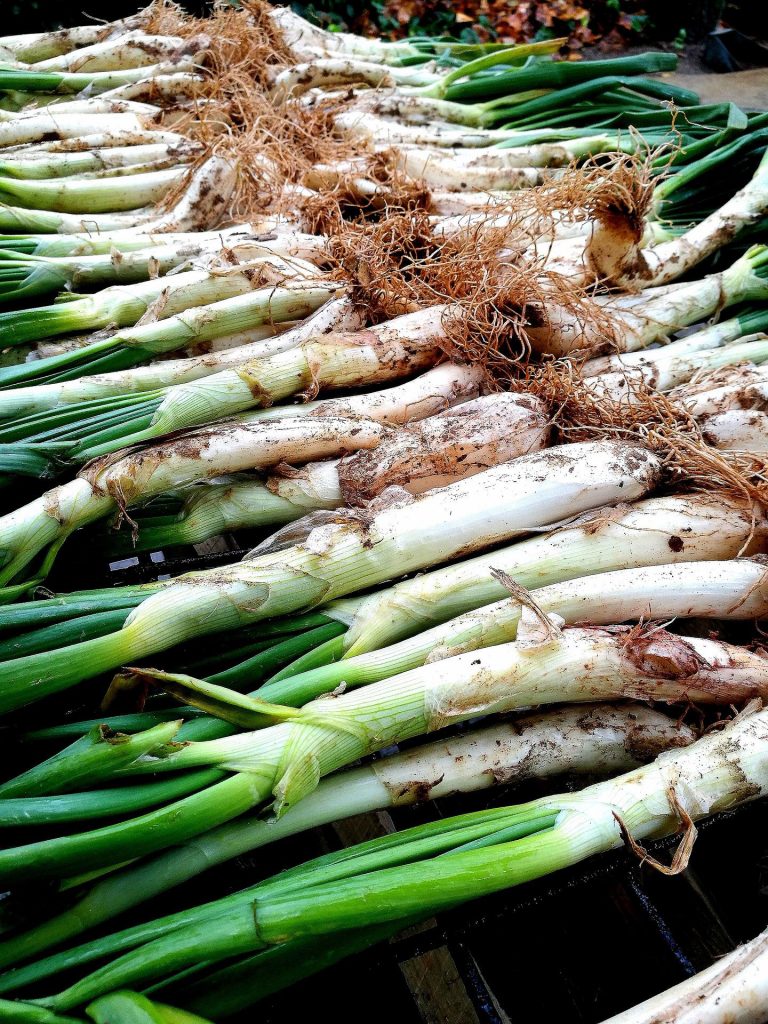Washed by the Mediterranean and with the Pyrenees to the north, Catalonia is a rich region that stands out for its industrial activity and its multicultural character. But if this autonomous community is famous for anything, it is its gastronomy. Some of the most prestigious stars of the culinary scene stand out for their Catalan cuisine. And to prepare a good dish, it is essential to have a great raw material.
We analyse which of the region’s crops contribute to the fame of Catalonia’s rich cuisine. The truth is that this is an activity, agriculture, which in Catalonia tends to be professionalised, with 43% of the agricultural surface area managed by people who have this activity as their primary occupation, according to data from the Department of Agriculture, Livestock, Fisheries and Food obtained through the DUN (Single Declaration).
At EDYPRO we highlight the following crops:
- Calçots. This is the star product of popular Catalan cuisine. Its preparation and consumption is an authentic social ritual that gives rise to the ‘calçotadas’. It is a variety of spring onion that is grown practically throughout the entire autonomous community, especially in areas with warm winters that do not suffer from severe frosts. It is grown in the area of Valls, in Tarragona, which has a Protected Geographical Indication.
- Centenary olive groves. Olive trees have been grown throughout Catalonia for thousands of years. The characteristics of each terrain give rise to different bodies and aromas for their olives. Up to five oils with Protected Designation of Origin (PDO) are produced from them: Terra Alta, Baix Ebre-Montsià, Empordà, Siurana and Les Garrigues.
- The vineyards of the Penedès. According to archaeologist Daniel López, there are indications that the first vineyards in Catalonia were planted in the Penedès region, dating back to the 7th century BC. This area, located between Tarragona and Barcelona, has a Denomination of Origin (DO) for its wines. Most of the vineyards are cultivated with trained vines, which facilitates the work and improves the health of the grapes. The best known wines are the whites, with the Xarel-lo variety as the flagship. In reds, varieties typical of the area have been recovered, such as Samsó, Ull de llebre or Pinot noir.
- Rice from the Ebro Delta. There are more than 22,000 hectares dedicated to rice cultivation in this area of the province of Tarragona, which has a Protected Designation of Origin (PDO). The rice produced in this area is characterised by its semi-long, round grain and the varieties covered by the PDO are: Bahía, Bomba, Fonsa, Montsianell, Sènia and Tebre.
- The Lleida pear. It is calculated that 50% of the pears produced in Spain come from Lleida, specifically from a radius of 30 kilometres around the capital. This area makes up the Pera de Lleida Protected Designation of Origin (PDO), which includes three varieties: Limonera, Blanquilla and Conferencia. The PDO covers 580 hectares and brings together 227 producers.
- Apple from Girona. The counties of Alt and Baix Empordà and Gironès make up the production area of the Protected Geographical Indication (PGI) of the Girona apple. The varieties grown in this area are Golden, Gala, Granny Smith and Red Delicious and are characterised by a perfect colour and the right sugar content.
Did you know the agricultural wealth that Catalonia had to offer?

